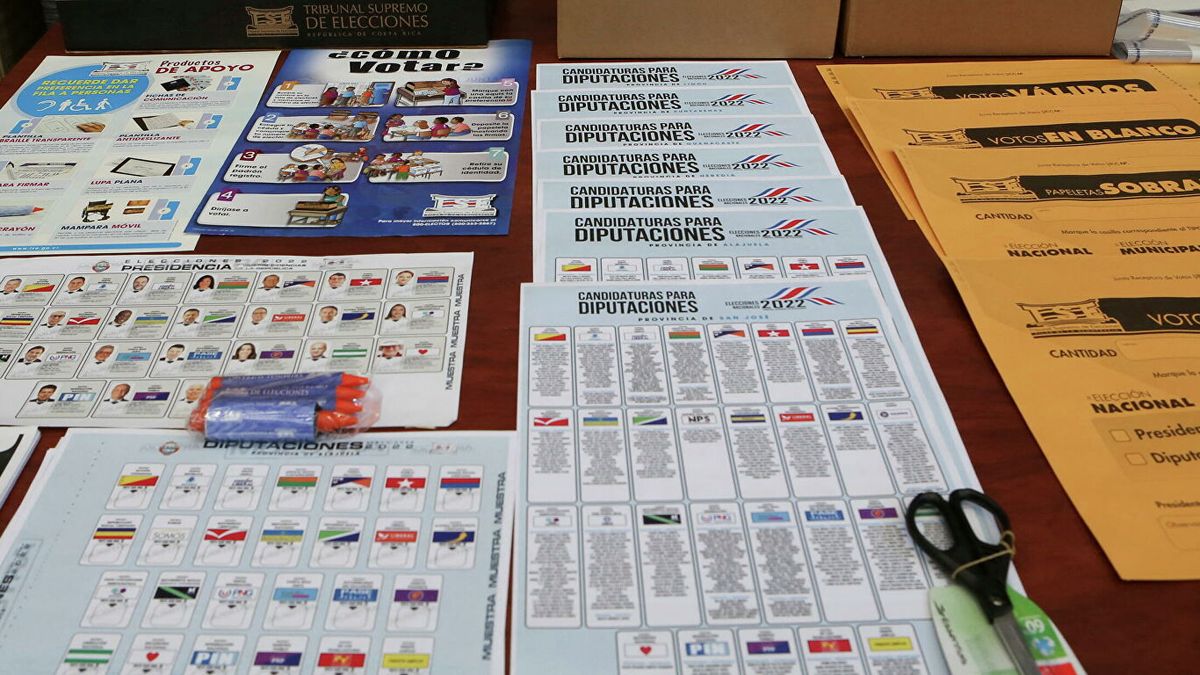Analysts foresee tight results to determine who will go to the ballot on April 3 since none of the 25 presidential candidates – quite a record – would obtain 40% of the votes necessary to achieve victory in the first round.
“There are many options, but they have not responded to the need for jobs,” said Rosemary Chaves, owner of a small grocery store in Puntarenas, the largest and most populous city on the Pacific coast of Costa Rica.
The PAC, with intense popular rejection, receives less than 1% of voting intentions, which predicts a change of direction in May, when the new government will take office for the 2022-2026 period amid problems of corruption, ungovernability and unemployment of 14%the highest figure since 2010 except for 2020, when it was affected by the coronavirus pandemic.
In the race to replace the president Charles Alvarado the former president stands out (1994-1998) Jose Maria Figueres, of the National Liberation Party (PLN, of social democratic origin), with 17% of the preferences. They are followed by former Conservative Vice President Lineth Saborio (2002-2006), with 13%, and the evangelical preacher Fabrizio Alvaradowho has 10.3%.
Election day, which could be affected by the uptick in coronavirus cases, will end at 6:00 p.m. local time (9:00 p.m. Argentine time) and the electoral referee expects to give his first report at 8:45 p.m. local time (11:45 p.m. Argentine time).
Most of the proposals for presidential candidates must finally be approved by the unicameral Congress, whose 57 seats will also be defined on Sunday, with the forecast of a high party fragmentationRonald Alfaro, from the public University of Costa Rica (UCR), told Reuters.
Currently, the PLN is the largest legislative force with 17 deputies, followed by the PAC, with nine.
The approval of the austerity measures and tax increases proposed by Alvarado will depend on the new composition of the Legislative Assembly to comply with the agreement with the International Monetary Fund (IMF), agreed in 2021 to stabilize public finances hit by the pandemic.
Source: Ambito
David William is a talented author who has made a name for himself in the world of writing. He is a professional author who writes on a wide range of topics, from general interest to opinion news. David is currently working as a writer at 24 hours worlds where he brings his unique perspective and in-depth research to his articles, making them both informative and engaging.




